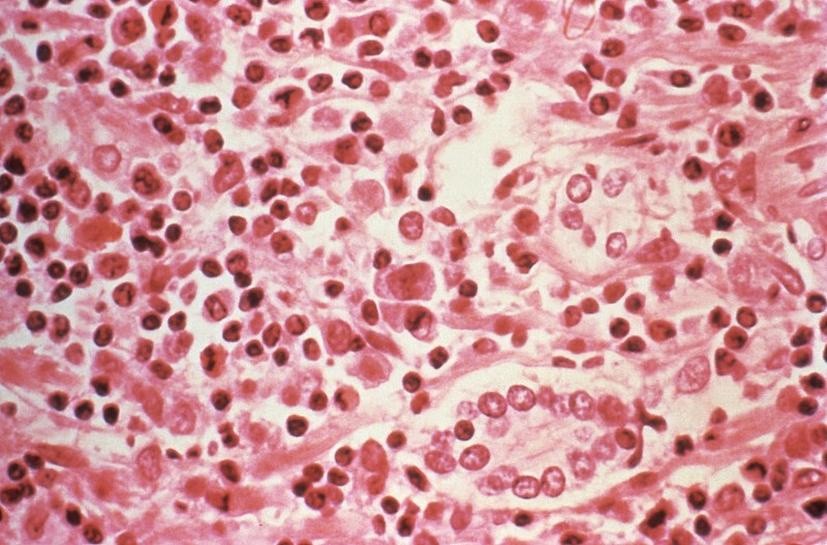
Amidst the deadly coronavirus pandemic, another alarming concern is gripping China: the threat of Hantavirus. The COVID-19 cases in mainland China might have trickled down, but it seems like another virus is on the rise. Many people are eager to know: is Hantavirus as deadly as Coronavirus?
On March 24, an elderly man from Yunnan province in China died during his commute to work. The unnamed victim was on his way to Shandong province for his work when he suddenly collapsed on the bus, alarming his fellow passengers.
After being tested, the elderly man was found negative for coronavirus. However, state-run media claims that he tested positive for another dreaded illness, one which has been around for many years--Hantavirus.
What is Hantavirus?
Hantavirus causes influenza-like symptoms. It is spread mostly by rodents, but other evidence also suggests that certain species of bats carry hantaviruses. It is transmitted when a person breathes in or ingest infected droppings, saliva, or urine of rodents.
Just like coronavirus, Hantavirus also targets the respiratory system. Once inhaled, it affects the capillaries in your lungs, which will then leak fluid. Eventually, patients will be more vulnerable to life-threating diseases associated with pulmonary syndrome.
Since few people have been infected, studies about Hantavirus are still limited. For one, experts are still not sure about the incubation period of the virus inside its' host's body. However, many patients exhibit symptoms within 1 to 8 weeks after contracting the virus.
Also related: Coronavirus: How it Affects the Body
What are the symptoms you should watch out for?
According to Lung.org, Hantavirus pulmonary syndrome has two stages. During the first stage, the infected patient may exhibit flu-like symptoms like high fever, chills, muscle aches, nausea, headaches, and abdominal pain.
Because of this, it may be difficult to identify Hantavirus from any other viral conditions.
After 4 to 10 days, the patient will start showing more troubling signs. During this period, the patient will exhibit more serious symptoms, such as shortness of breath, low blood pressure, weak heart, and fluid accumulation in the lungs.
Although treatment is limited, seeking medical attention early on can improve your chances of combatting Hantavirus. In the worst cases, hantavirus pulmonary syndrome may lead to death.
Where did Hantavirus originate?
Unlike coronavirus, which only surfaced in December 2019, Hantavirus has been around for decades. According to Swedish scientist Dr. Sumaiya Shaikh, the first cases of Hantavirus were reported during the American-Korean war way back in the 1950s.
Contrary to some people's belief, Hantavirus is also not native to China. Over the years, many cases of Hantavirus-infected individuals have been reported all over the globe, including countries in North and South America.
"The #Hantavirus first emerged in 1950s in the American-Korean war in Korea (Hantan river). It spreads from rat/mice if humans ingest their body fluids. Human-human transmission is rare. Please do not panic, unless you plan to eat rats," says Dr. Shaikh.
Should you worry?
Unless you ingest or make contact with an infected rodent, you have nothing to worry about. According to medical experts, there have been limited cases of human-to-human transmission, since the virus is mostly passed on by infected rats or mice.
© 2025 HNGN, All rights reserved. Do not reproduce without permission.








